10 Tips for Super Spatial Skills in Early Childhood Classrooms
June 30, 2022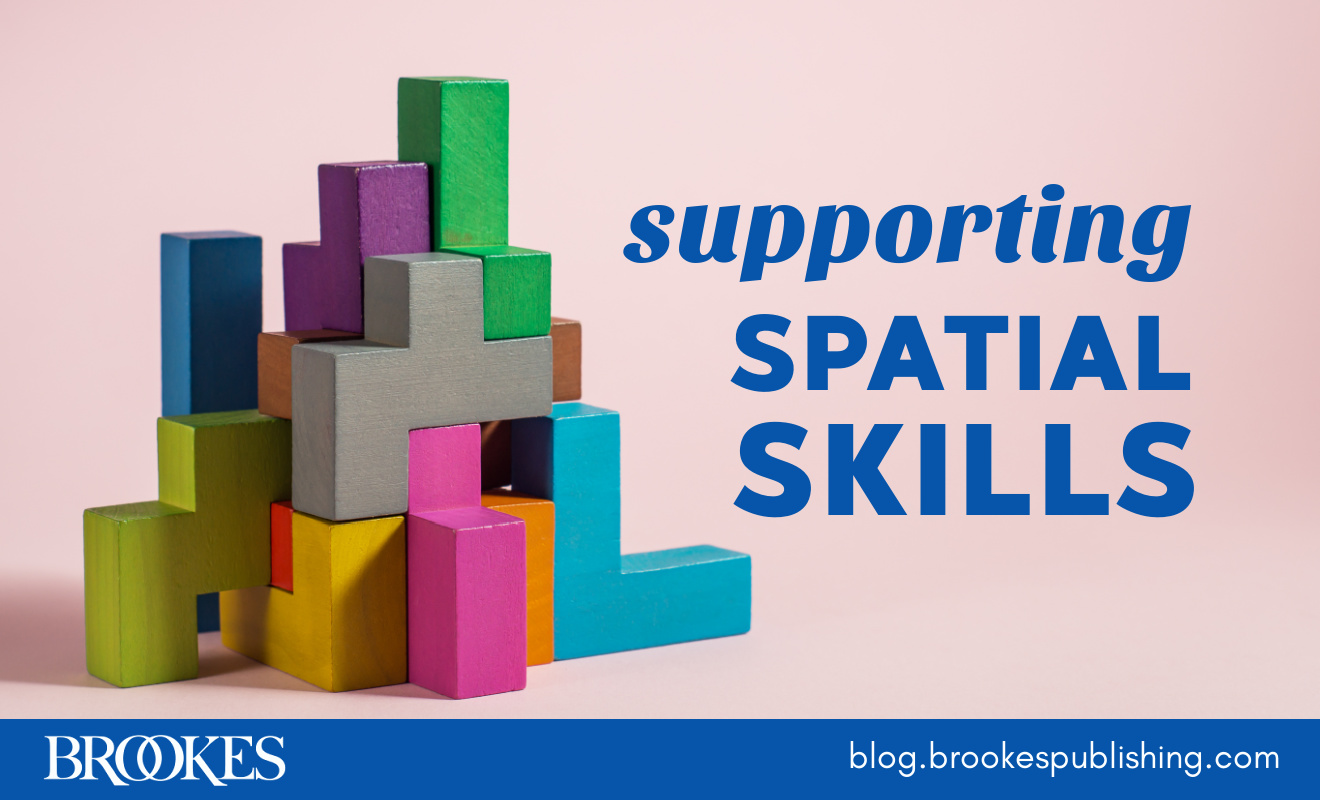
Early spatial development is a critical skill to nurture in young children, whether you’re a teacher or a parent. Mary Jo Pollman, Ph.D., author of the book Blocks and Beyond: Strengthening Early Math and Science Skills through Spatial Learning, points out that “research has shown…a relationship between spatial development and overall mathematics. In other words, it is a predictor of overall math scores. Children who score high in spatial and geometric sections of the TIMSS [Trends in International Mathematics and Science Study] tend to score higher in overall math scores.”
Here are 10 easy, fun, and effective ways to boost spatial development in pre-k or kindergarten students. Adapted from Blocks and Beyond, these quick tips are great to use in the classroom and adjust for use at home, too. (At the end of this post, you can download a handy printable PDF version of the tips—and share your own favorite tip in the comments section!)
- Let kids work with cubes or rectangular prisms to create a design on grid paper, such as a fence for a pet or a pen for a zoo animal.
- Encourage kids to find many shapes in the environment—the floor, the wall, the door, the ceiling, their clothing—and describe them in their own words.
- Demonstrate how a square can be turned into two triangles. Have children fold a square piece of paper in half and then ask what shape they created.
- Make a 10-inch circle on paper, and let children paint smaller circles within the large circle. Repeat this with other two dimensional shapes.
- Bring in buttons of different sizes and play a finding game. Ask: “Can you help the teddy bear find one large button and one small button?” Have kids discuss the relative size of the buttons using adjectives like large, big, small, and little.
- Ask children to determine how many sides a shape has. (This boosts number and operations skills, too!)
- Play Guess What the Shape Is at circle time—bring the shapes out of an apron and have children name them. (Mix it up: play this game with 3D and flat shapes.)
- Have kids develop simple sequential patterns, such as triangle, triangle, square (AAB) or triangle, square, square (ABB).
- Ask children to sort 3D figures by size, number of sides, and weight, and describe the characteristics of each shape.
- Investigate shapes with playdough—help kids touch the outline of the shapes and describe them by the type of line, number of lines, number of points, and what they look like when transformed.
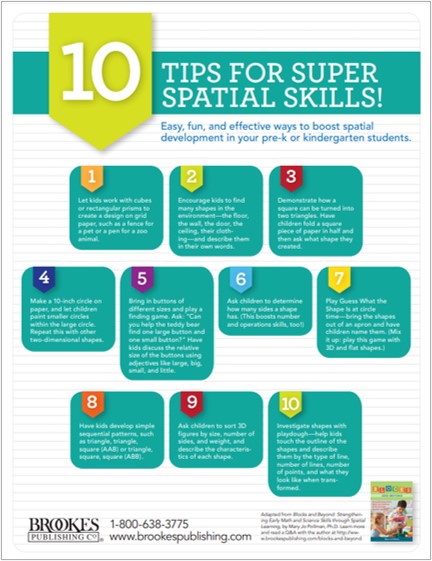 Like the tips in today’s blog post?
Like the tips in today’s blog post?
Download them here as a printable PDF!
Blocks and Beyond
Strengthening Early Math and Science Skills through Spatial Learning
By Mary Jo Pollman, Ph.D.
Teach spatial skills to young children—and improve their overall academic outcomes! This innovative teaching resource has the research-based insights and practical activities early childhood educators need to promote spatial development throughout the school day.
LEARN MORE
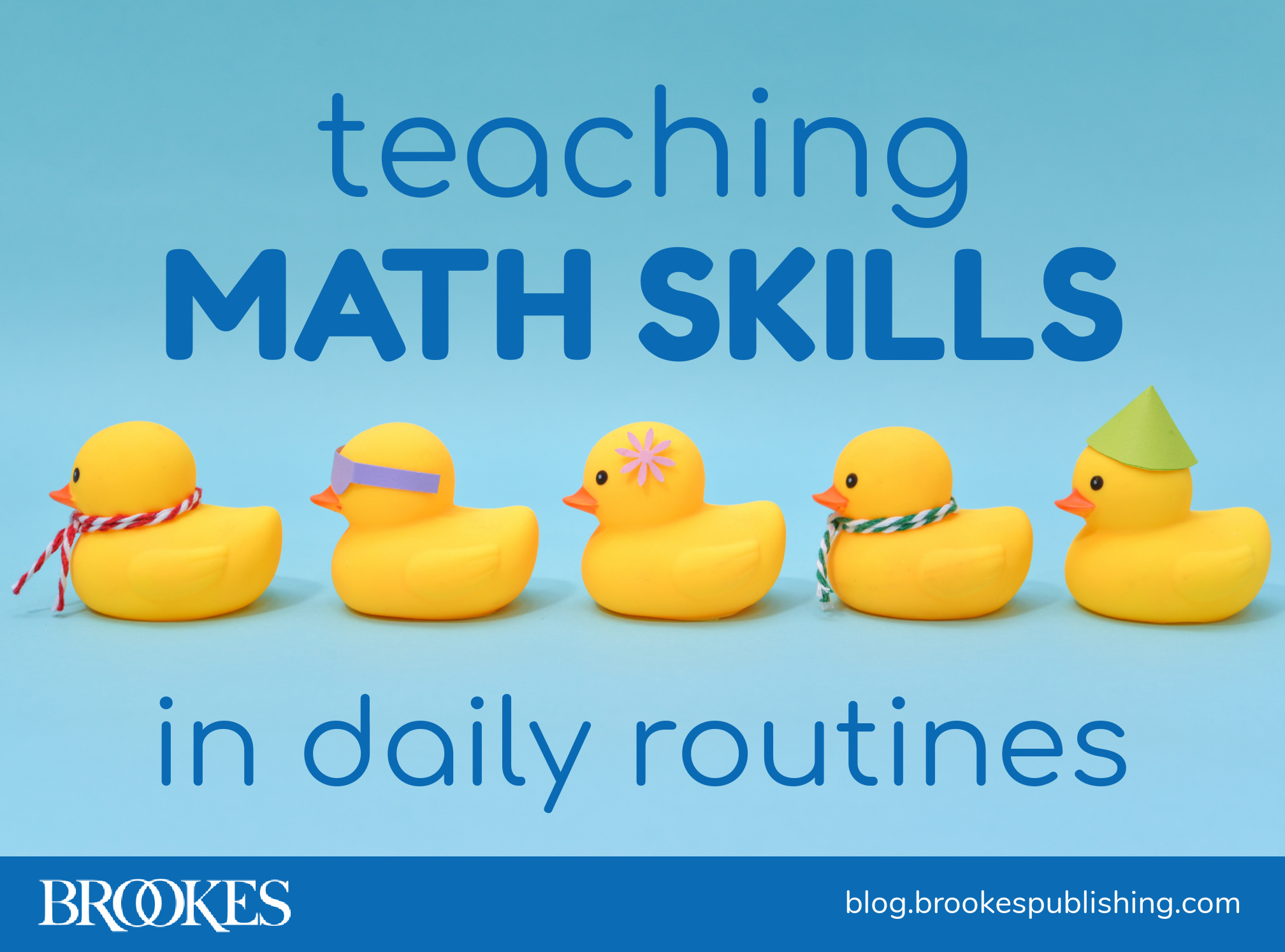
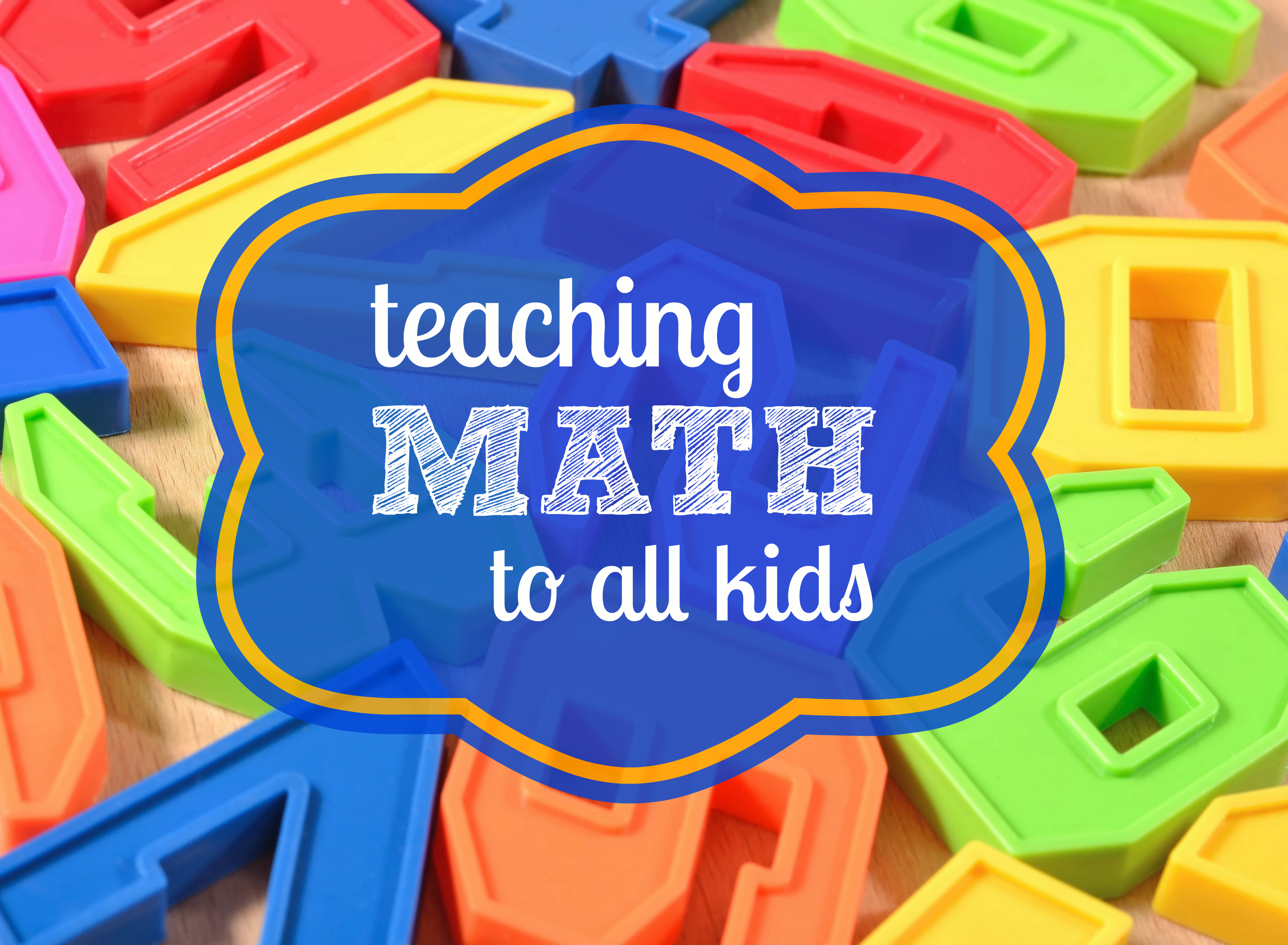
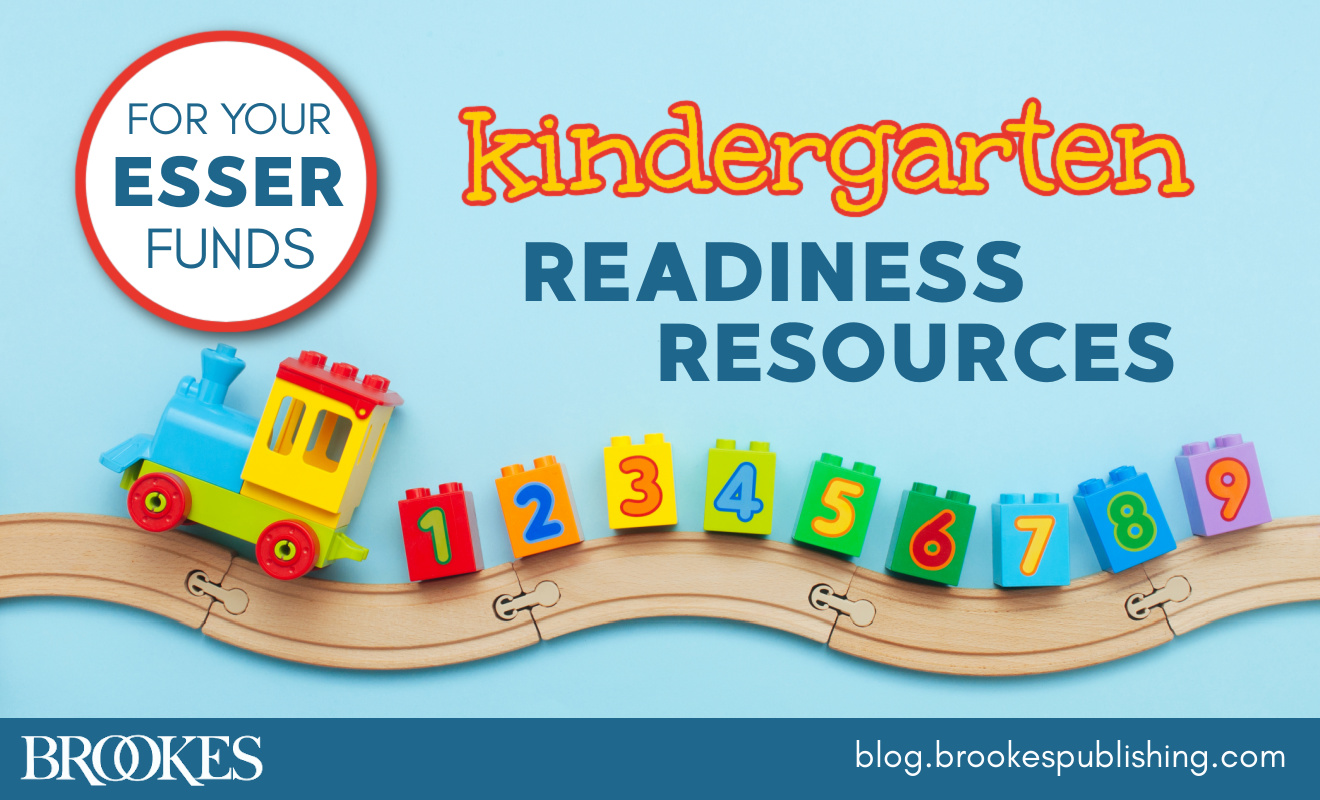
Write a Comment
Your email address will not be published. Required fields are marked *
Post a Comment